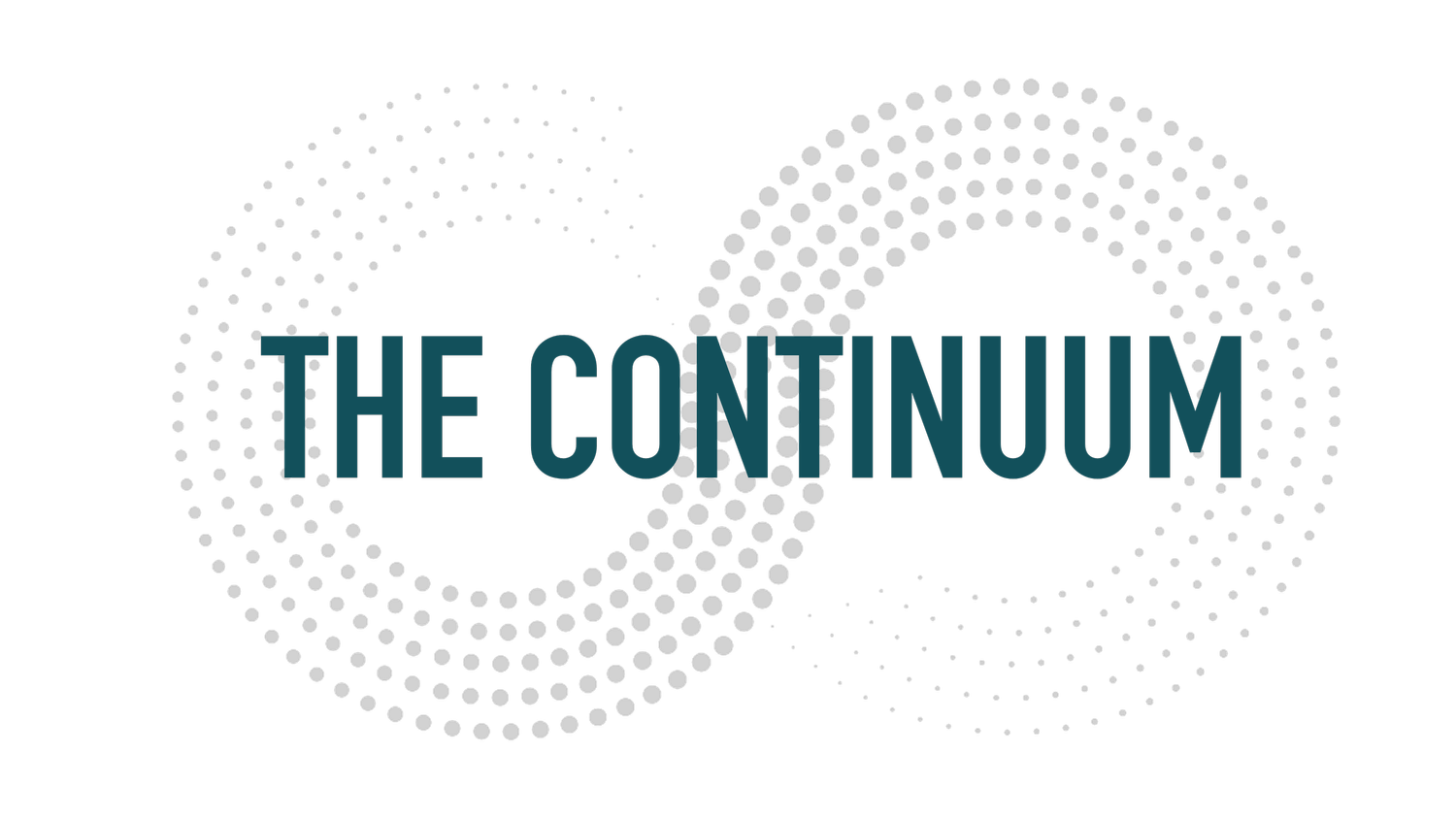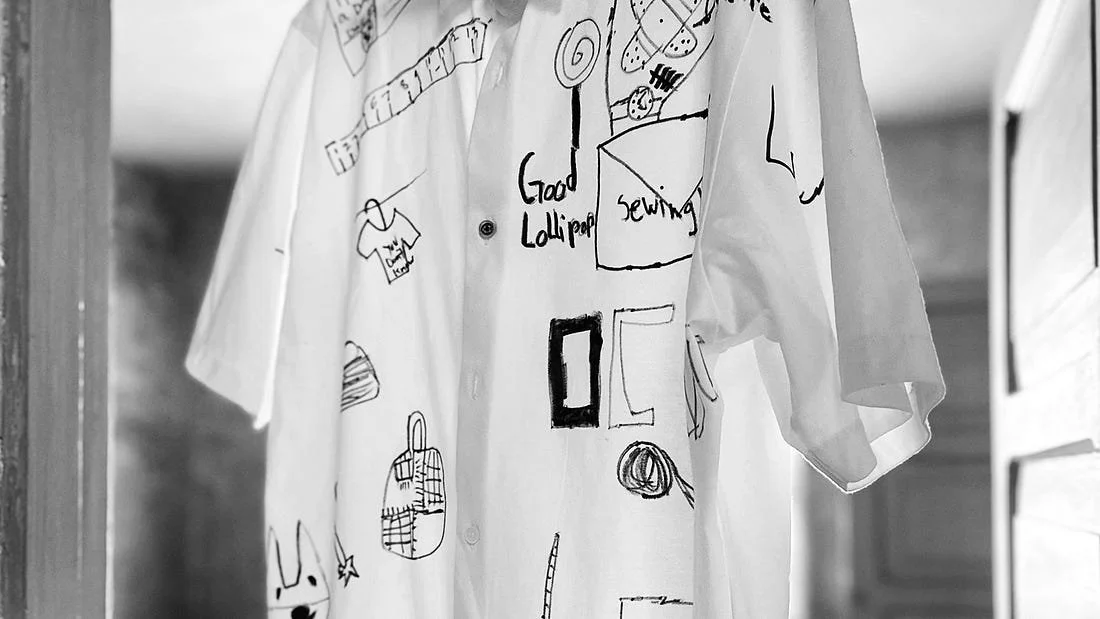TASTE IS THE NEW TECH
CRAFT IS THE NEW SIGNAL. EVERYTHING ELSE IS NOISE.
Lately, I’ve been talking to a lot of rooms.
Rooms filled with people who build brands, write code, sketch ideas, greenlight campaigns.
And something I said in passing keeps getting repeated back to me like a mantra:
"The machine can make the thing. But taste is what makes it matter."
What surprises me isn’t that it resonated.
What surprises me is how hungry people are to believe it.
Because we’re all feeling it, aren’t we?
The creeping sameness. The endless scroll of optimized content.
The slow erosion of distinction, under the guise of efficiency.
The tools are brilliant.
They really are.
They help me make things faster, smoother, smarter.
But the tools don’t tell you why to make something.
They don’t know what matters.
Only you do.
Stop Asking If It’s AI. Start Asking If It’s Alive.
There’s a strange new genre of content that’s become its own cottage industry:
Debunking whether something was made by AI.
Freeze-framing videos. Dissecting shadows. Zooming in on fingers like we’re digital anthropologists.
And honestly?
It misses the point entirely.
The question isn’t “Was this made by a person?”
It’s “Does this make me give a sh*t?”
If it doesn’t move you, surprise you, or challenge you—does it really matter how it was made?
In a world where everything can be manufactured, what we’re really craving is meaning.
Not provenance. Presence.
Craft Is Not Nostalgia. It’s Proof of Life.
You can tell when someone cared.
It shows up in the micro-decisions.
In the refusal to round every edge.
In the courage to make something that doesn’t scale neatly—but sticks completely.
This is not about romanticizing the past.
It’s about reclaiming the intent behind the output.
Great craft is a fingerprint.
A point-of-view made physical.
It tells you someone stood behind this thing and said, “No, not like that—like this.”
That’s not old school. That’s timeless.
The Edge Is in the Edit
Tools can make more.
But taste knows when to stop.
Style knows what not to include.
POV is what makes it yours.
And that’s the rub for brands right now.
Everyone’s got access to the same stack.
Same fonts. Same filters. Same frameworks.
But not everyone knows what to do with it.
Not everyone knows when to break it.
That’s where brands win in this moment—by choosing difference over default.
Not louder. Not faster. Just more deliberate.
What You Make Is What You Mean
We’re entering a new creative era—one where judgment matters more than speed.
Where instinct trumps input.
Where the best ideas are not the ones that test well, but the ones that feel inevitable in hindsight.
So go ahead—use the tools.
But don’t lose the thread.
Because when the dust settles and the dupe detectors power down,
what will separate your brand from the pack won’t be how quickly it shipped.
It’ll be how clearly it stood for something.
Craft isn’t the past. Craft is a decision.
And POV is the only moat left.
—Shingy
May 28, 2025
© 2025 The Continuum

